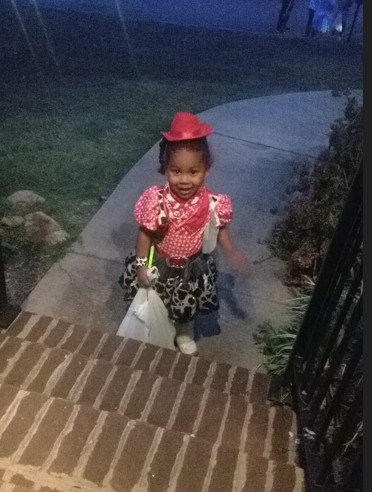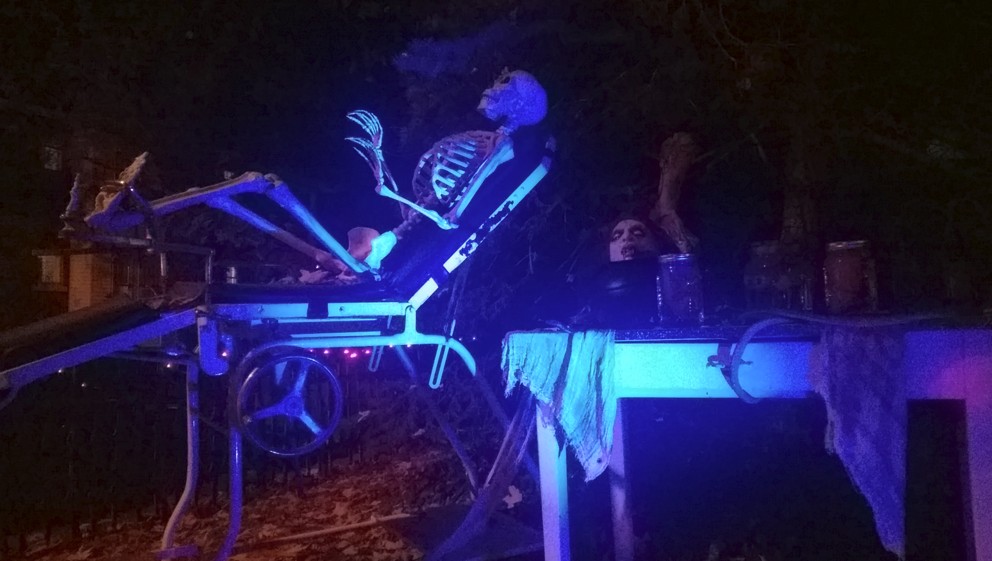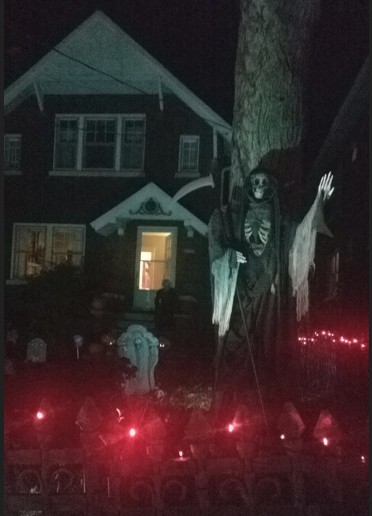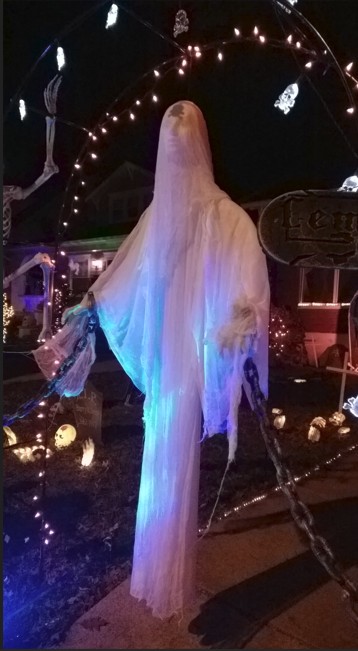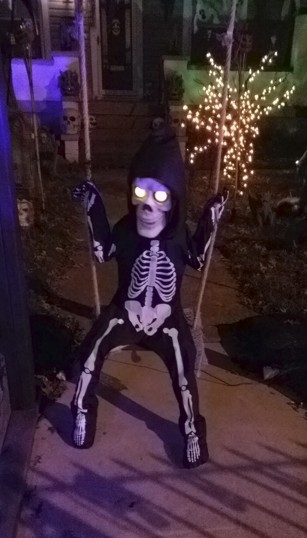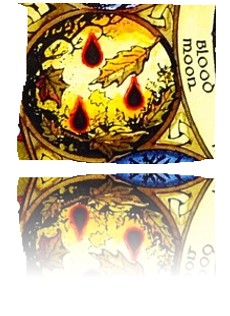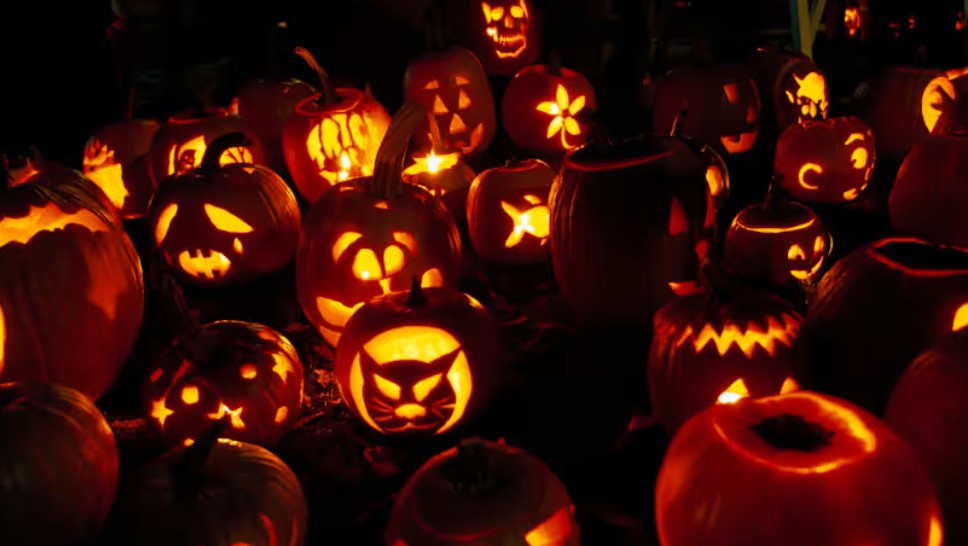 All Hallows’ Eve, or Hallowe’en, has deep and layered origins that merge ancient pagan, Christian, and folk traditions. Its development can be traced through several cultural streams:
All Hallows’ Eve, or Hallowe’en, has deep and layered origins that merge ancient pagan, Christian, and folk traditions. Its development can be traced through several cultural streams:
The roots of Hallowe’en lie primarily in the ancient Celtic festival of Samhain (pronounced SAH-win), celebrated in Ireland, Scotland, and parts of Britain around October 31st.
“Samhain” means summer’s end — marking the transition from the light half of the year to the dark half. In Irish Gaelic, it means literally ‘the first day of Winter’, and it is also the name of the month of November. The Celts believed that on this liminal night, the veil between worlds was thin — allowing spirits, ancestors, and otherworldly beings to cross into the human realm.
Bonfires were lit to ward off malevolent spirits, and offerings of food were left for ancestors and wandering souls.
People wore disguises or “guises” to confuse or repel harmful entities. Divination rites were common — foretelling marriage, death, and fortune for the coming year. One custom at this time of the year was to use Lead. Lead pouring is an ancient technique of divination using melted metal. Typically, molten lead or tin is dropped into water, and the Diviner would interpret the pattern, or the way in which the metal solidified.
Many of these customs /traditions later blended with Christian and local folk practices. In the 7th century, the Church began to Christianize pagan festivals:
All Saints’ Day (All Hallows’ Day) was originally celebrated in May, but Pope Gregory III (8th century) moved it to November 1st — possibly to coincide with Samhain and to help convert pagans by reinterpreting the festival. All Hallows’ Eve, therefore, became the evening before All Hallows’ (Saints’) Day — October 31st. All Souls’ Day (November 2nd) followed soon after, honouring the faithful departed, or Beloved Dead.
This created a three-day observance known as Hallowtide: All Hallows’ Eve (Oct. 31), All Saints’ Day (Nov. 1) and All Souls’ Day (Nov. 2) 🎃
In medieval Europe, customs around death, spirits, and the harvest continued: “Souling”: the poor went from door-to-door on All Hallows’ Eve or All Souls’ Day, offering prayers for the dead in exchange for “soul cakes. “Guising”: children and adults dressed in disguise to receive offerings — a precursor to modern trick-or-treating. Jack-o’-lanterns originated from Irish folklore — the tale of Stingy Jack, who tricked the Devil and was doomed to wander with a glowing coal inside a carved turnip. Immigrants later used pumpkins in America. [i]
When Irish and Scottish immigrants brought these customs to North America in the 19th century, they blended with local harvest festivals and evolved into modern Hallowe’en. Community parties replaced some of the earlier religious or spiritual focus.
Trick-or-treating became widespread by the mid-20th century. Themes of ghosts, witches, and the macabre remained, echoing the ancient sense of liminality between worlds. Today, especially in America, ‘Hallowe’en’ is big business, with dedicated stores opening as early as July selling thousands of decorations, costumes, gadgets and so on. Houses and even streets are decorated with all kinds of Hallowe’en objects, providing wonderful scenes for young and old alike. Trick-or-treating is extremely popular with children as they go from door to door on October 31st. Many people also prepare to receive them and make appropriate Hallowe’en treats/sweets.
Hallowe’en in Louisville, 2015… personal memories
If we look at the Lunar Cycle, the Full Moon preceding All Hallows’ Eve is what we call a Blood Moon. This is a time when animals are culled. [ii] Their blood is rich, warm, full-bodied. This is the time when the apples are the sweetest, the nuts are fleshy and sumptuous. The grapes are being made into wine. All in preparation for the long winter ahead.
Blood Moon also reminds us of the bonds created by our ‘Blood Brothers & Sisters’ and our connection with our ancestors and families. This theme is echoed again at Hallowe’en when we invite our Beloved Dead, our ancestors, to join us
As we have seen All Hallows’ Eve is a weaving together of the ancient roots of Samhain and the later Christian Hallowtide
Samhain & All Hallows’ Eve: Between the Worlds
Now fades the sun,
and summer breathes her final sigh.
The wheel turns —
light into shadow,
life into memory.
This is Samhain,
the hinge of the year,
when the veils grow thin
and the voices of the ancestors
whisper through the wind.
Fires once burned upon the hills —
to guard, to guide, to gather —
and folk in humble guises
walked between fear and reverence,
honouring the unseen.
In later years, the Church set holy days to frame this night:
All Hallows’ Eve,
the vigil of the saints,
and following, the day of souls —
for all who have crossed beyond.
Yet beneath the bells and prayers,
the old songs still stir:
of apples and embers,
of endings and beginnings,
of kinship that time cannot sever.
So we light our candles once more —
for those we love,
for those unforgotten,
for the earth that cradles us all.
Between worlds we stand,
blood to blood, heart to heart,
Spirit to Spirit… with love.
As above, so below;
as within, so without.
Blood Moon above, keeper of vows,
Hold this web of kinship now.
When the light wanes, let our spirits remain,
Bound in peace, until we meet again.
Blessed be this turning of the year —
and all who walk its sacred edge.
References:
History of Hallowe’en: https://www.history.com/topics/halloween
Superstitions busted: Lead pouring, melting: https://www.dailysabah.com/life/2019/05/20/superstitions-busted-lead-pouring-melting
Photos in Knoxville and Louisville, USA – own collection Morgana Sythove
[i] Guy Fawkes Night: In England and other parts of the UK … it’s Bonfire Night – or Guy Fawkes Night – on November 5th, with bonfires and fireworks. This falls only a few days after Hallowe’en, meaning they both fall within the “darkening of the year”, when days shorten and fires, candles, and lanterns become symbols of warmth and protection.
The name Guy has also morphed into the practice of Guising (from disguise) and meant dressing up in masks or costumes and going door to door performing songs or verses in exchange for food or coins. Children would carry round the effigy of Guy Fawkes and ask for “a penny for the guy”. This is very similar to earlier Hallowe’en guising, when children dressed as ghosts or saints and asked for “soul cakes”. This practice evolved naturally into the custom of ‘trick or treating’.
[ii] In Dutch/Flemish, the month of November is called Slachtmaand/ literally Slaughter Month
Bloedworst/ Blood Sausage, or in English Black Pudding, is made from Pig’s blood. It is a source of protein and iron, and high in calories.

